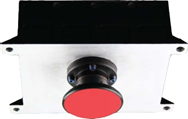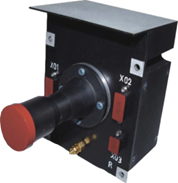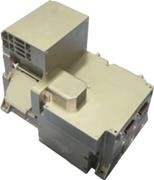Chang'e-5
The Chang'e-5 mission is one of the most complex and difficult missions in China. It has realized China's first unmanned sample return from the moon, and is also the third step in the China's lunar exploration project. It launched at 20:30 UTC on 23 November 2020 from Wenchang Spacecraft Launch Site on Hainan Island, landed on the Moon on 1 December 2020, collected ~1,731 g of lunar samples, and returned to the Earth at 17:59 UTC on 16 December 2020.
The scientific goals of Chang'E 5 are two aspects. One is the field investigation and analysis of the landing area. Carry out the land area morphology survey and geological background survey, obtain the in-site analysis data related to the lunar samples, and establish the connection between the in-site survey data and the laboratory analysis data. Another is the analysis and research of the lunar samples. Carry out systematic and long-term laboratory research on lunar samples, analyze the structure, physical properties, and material composition of the lunar soil, and deepen the research on the origin and evolution of the moon.
The scientific payloads of Chang'e-5 are all onboard the lander, including landing camera (LCAM), panoramic camera (PCAM), lunar mineralogical spectrometer (LMS), and lunar regolith penetrating radar (LRPR).

Landing Camera (LCAM)
| It is installed at the bottom of the lander and used to obtain optical images of the landing area during the descent section of the lander, and used to analyze the topography of the lunar surface and the regional geology of the landing area. |
Panoramic Camera (PCAM)
| It is installed on the top of the lander and used to obtain high-resolution images of the moon surface in the landing area and the surface sampling area. |
Lunar Mineralogical Spectrometer (LMS)
| As one of the main scientific payloads of Chang'e-5, it will realize the spectral detection and analysis tasks of the lunar sampling area, and complete the analysis of the lunar surface mineral composition and distribution in the sampling area. |
Lunar Regolith Penetrating Radar (LRPR)
| It is one of the important payloads for realizing the scientific exploration targets of the Chang'e-5 mission. It is used to detect the thickness and structure of the lunar subsurface and provide information support for the drilling and sampling process. |



